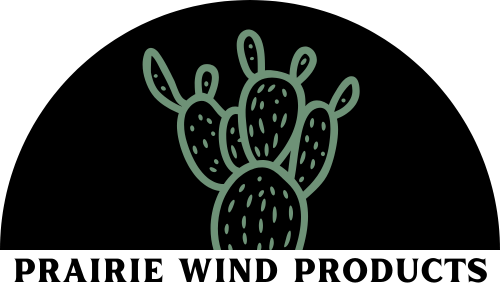
Beef Suet and Skincare: An Ancient Practice Meets Modern Trends
Share
Historical Use of Beef Suet in Skincare
Beef suet, the nutrient-rich fat surrounding a cow’s kidneys, has been cherished for its skincare benefits throughout history. Rendered into tallow, this versatile ingredient has provided deep hydration and protection across cultures for centuries.
In ancient Egypt, tallow was blended with essential oils to shield and preserve skin in harsh, arid climates. The Greeks and Romans incorporated it into salves and soaps, recognizing its cleansing and moisturizing effects. During the Middle Ages, tallow-based remedies were prized for soothing dry skin and aiding in wound healing. Indigenous peoples also relied on tallow as a natural barrier against extreme weather, further showcasing its enduring value in skincare traditions.
The Science Behind Tallow
Tallow’s remarkable compatibility with human skin is rooted in its composition, which closely mirrors the skin’s natural oils. This makes it an ideal moisturizer, providing nourishment and hydration without synthetic additives. Packed with essential vitamins, tallow supports overall skin health:
-
Vitamin A: Boosts skin renewal and collagen production, helping maintain a youthful glow.
-
Vitamin D: Strengthens the skin’s barrier and supports its natural immunity.
-
Vitamin E: Offers antioxidant protection and enhances healing processes.
-
Vitamin K: Promotes elasticity and contributes to a smooth, even complexion.
These nutrients work harmoniously to revitalize and protect the skin, making tallow an effective and natural choice for modern skincare routines.
Modern Resurgence
Today, tallow is experiencing a well-deserved resurgence as a natural skincare powerhouse. Enthusiasts praise its ability to deeply moisturize, soothe irritation, and improve skin texture. Many users have found relief from conditions like eczema and dryness, noting its gentleness on sensitive skin and its ability to enhance a radiant complexion.
The rise of tallow-based products aligns with growing consumer interest in clean, sustainable, and heritage-inspired beauty solutions. Unlike synthetic creams, tallow is biodegradable and often sourced from grass-fed animals, making it an environmentally friendly option. With proper rendering and quality control, it offers a safe and effective alternative to conventional skincare products.
Conclusion
Beef suet, transformed into nutrient-dense tallow, has earned its place as a time-tested solution for radiant, healthy skin. Its historical significance and modern resurgence highlight its incredible potential to nourish and protect naturally. By embracing tallow in skincare, we honor centuries of wisdom while choosing a simple, sustainable, and effective path to self-care.
